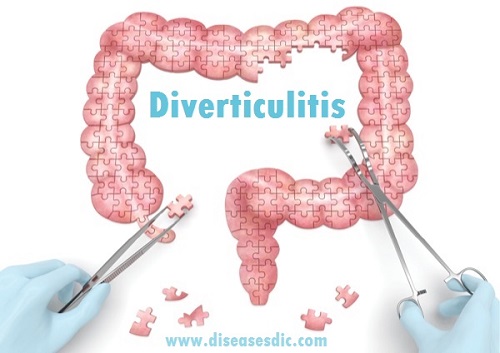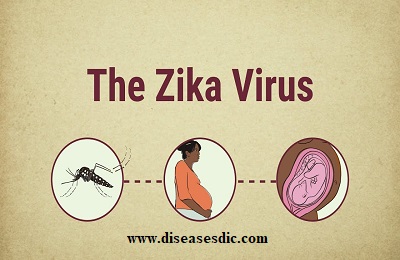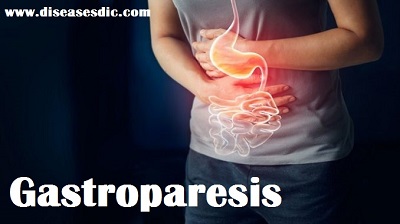Definition
Zollinger-Ellison syndrome (ZES) is a rare digestive disorder. If you have ZES, you likely have one or more tumors in the first part of the small intestine, the pancreas, or both. These tumors, called gastrinomas, release the hormone gastrin. This causes the stomach to release too much acid. Stomach acid is needed to break down food. But, too much acid can cause painful peptic ulcers inside the lining of your stomach and intestine. While gastrinoma tumors do cause health problems, they are typically not cancerous tumors.
Epidemiology of Zollinger-Ellison Syndrome
- Gastrinomas are the most common islet cell tumours
- Approximately 45% of gastrinomas originate in the pancreas, but as many as 35–40% originate in the duodenum and about 10–15% primarily in peripancreatic lymph nodes
- Gastrinomas can also occur in the stomach, lung, liver and ovary
- In approximately 25% of patients, the gastrinoma is part of MEN-I (in MEN-I, the gastrin-producing tumour is then often found in the duodenum)
Pathophysiology of Zollinger-Ellison Syndrome
In Zollinger-Ellison syndrome, hypertrophy of the stomach mucosa is caused by hypergastrinemia, which increases the number of parietal cells and leads to maximal output of acid. Acid secretion also is stimulated by gastrin, leading to increased secretion of basal acid. Complications may result from increased acid, such as ulcerations of the gastrointestinal mucosa, malabsorption, and diarrhea. Malabsorption is caused by many factors, such as hypersecretion of gastric acid, inactivated pancreatic enzymes, and precipitation of bile salts.
Risk factors
The following are some known risk factors for an individual developing Zollinger-Ellison Syndrome:
- A family history of ulcers or a certain type of tumors
- An inherited genetic condition called multiple endocrine neoplasia type 1 (MEN-1) syndrome: MEN-1 is characterized by gastrinomas, increasing susceptibility to Zollinger-Ellison syndrome; about 50% of individuals who inherit MEN-1 are reported to be susceptible to Zollinger-Ellison Syndrome
It is important to note that having a risk factor does not mean that one will get the condition. A risk factor increases one’s chances of getting a condition compared to an individual without the risk factors. Some risk factors are more important than others.
Causes of Zollinger-Ellison Syndrome
- Zollinger-Ellison syndrome is caused by tumors. These growths are most often found in the head of the pancreas and the upper small intestine. The tumors are called gastrinomas. High levels of gastrin cause the production of too much stomach acid.
- Gastrinomas occur as single tumors or several tumors. One half to two-thirds of single gastrinomas are cancerous (malignant) tumors. These tumors often spread to the liver and nearby lymph nodes.
- Many people with gastrinomas have several tumors as part of a condition called multiple endocrine neoplasia type I (MEN I). Tumors may develop in the pituitary gland (brain) and parathyroid gland (neck) as well as in the pancreas.
Zollinger-Ellison Syndrome Symptoms
Signs and symptoms of Zollinger-Ellison syndrome typically affect adults between 20 and 50 years old. Certain over-the-counter medications used to reduce acid production may mask initial symptoms, however, and delay diagnosis.
- Abdominal pain
- Diarrhea
- Burning, aching, gnawing or discomfort in your upper abdomen
- Acid reflux and heartburn
- Nausea and vomiting
- Bleeding in your digestive tract
- Unintended weight loss
- Decreased appetite
Complications
- The spread of the tumor to other organs (most often the liver and lymph nodes)
- Failure to locate the tumor during surgery
- Intestinal bleeding or perforation (hole) from ulcers in the stomach or duodenum
- Severe diarrhea and weight loss
Diagnosis and test
If a thorough history and physical examination suggest that the patient may have Zollinger-Ellison syndrome, testing may include one or more of the following:
Blood tests to look for abnormal levels of gastrin
Imaging tests, such as a specialized ultrasound called EUS, CT scan, MRI imaging test, or a specialized scan called somatostatin receptor scintigraphy (sometimes called an Octreotide scan)
Upper endoscopy: A physician uses an endoscope (a long, thin, flexible instrument with a camera) to examine the inside of the upper digestive system, including the esophagus, stomach, and first portions of the small intestines
Treatment
Treatment of choice for Gastrinoma is to remove them surgically where possible. Peptic ulcers must be aggressively treated and controlled prior to surgery. The type of surgery for Gastrinoma depends on the location of the tumor. Since these tumors may frequently occur at more than one spot in the pancreas and the surrounding tissues more than one procedure may be required. The following operative procedures may be utilized to treat Gastrinomas.
Enucleation: Many small Gastrinoma’s in the pancreas may be treated by enucleation alone. This is a procedure of choice for patients that have small tumors (less than 1cm) where the tumor is located on the surface of the pancreas.
Resection of the pancreas: in patients with large tumors a distal pancreatectomy or a Whipple operation may be indicated depending on where the tumor is located in the pancreas.
Duodenal exploration: Gastrinomas often occur in the wall of the duodenum (first part of the intestine) and therefore opening duodenum and carefully feeling it to remove any tumors in this area is important.
Lymph nodes: In some patients, the tumor may be located in the lymph glands outside the pancreas therefore careful palpation and removal of these glands is important at the time of surgery
In some affected individuals with aggressively invasive Gastrinoma, recommended treatment may include the use of certain anticancer drugs (chemotherapy) to help reduce tumor mass and blood gastrin levels. Genetic counseling may be of benefit for affected individuals and their families. Another treatment for this disease is symptomatic and supportive.
Medications
A class of medications called proton pump inhibitors (PPIs) includes
- Esomeprazole (Nexium)
- Lansoprazole (Prevacid)
- Pantoprazole (Protonix)
- Omeprazole (Prilosec or Zegerid)
- Dexlansoprazole (Dexilant)
PPIs stop the mechanism that pumps acid into the stomach, helping to relieve peptic ulcer pain and promote healing. A health care provider may prescribe people who have Zollinger-Ellison syndrome higher-than-normal doses of PPIs to control acid production. Studies show that PPIs may increase the risk of hip, wrist, and spine fractures when a person takes them long term or in high doses, so it’s important for people to discuss risks versus benefits with their health care provider.
Prevention of Zollinger-Ellison Syndrome
- Most cases of Zollinger-Ellison syndrome are sporadic. This means that it does not stem from another condition, and it is not possible either to predict who will have it or ways to prevent it.
- However, if there is a family history of MEN1 gene mutation, a doctor may recommend that a person undergoes predictive testing even if they do not have any symptoms.
- At the age of 20 years, a person with the MEN1 gene mutation has a 50 percent chance of having symptoms. At the age of 40, the chance of developing symptoms rises to 95 percent, according to the Genetic and Rare Diseases Information Center (GARD).
- If a person does not show symptoms by the age of 40 years, there is a good chance that they do not have a MEN1 mutation.
- So far, there is no evidence that diet affects the risk of developing the syndrome.
 Diseases Treatments Dictionary This is complete solution to read all diseases treatments Which covers Prevention, Causes, Symptoms, Medical Terms, Drugs, Prescription, Natural Remedies with cures and Treatments. Most of the common diseases were listed in names, split with categories.
Diseases Treatments Dictionary This is complete solution to read all diseases treatments Which covers Prevention, Causes, Symptoms, Medical Terms, Drugs, Prescription, Natural Remedies with cures and Treatments. Most of the common diseases were listed in names, split with categories.







